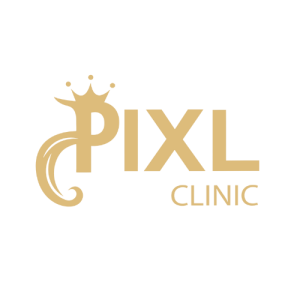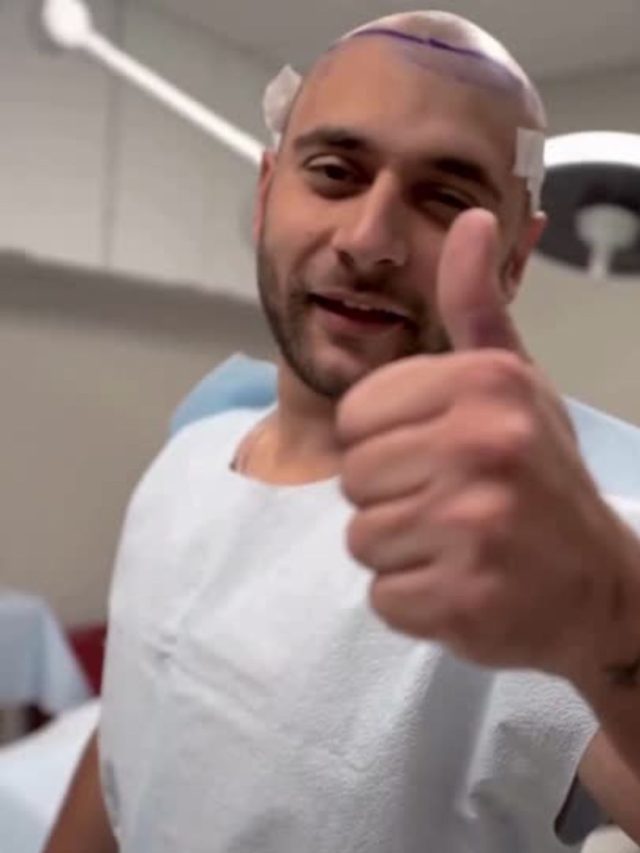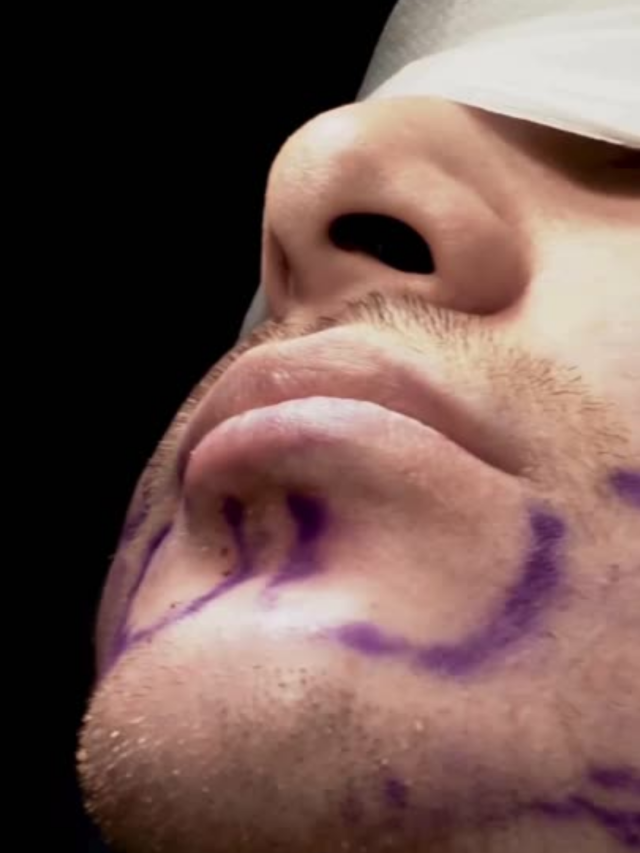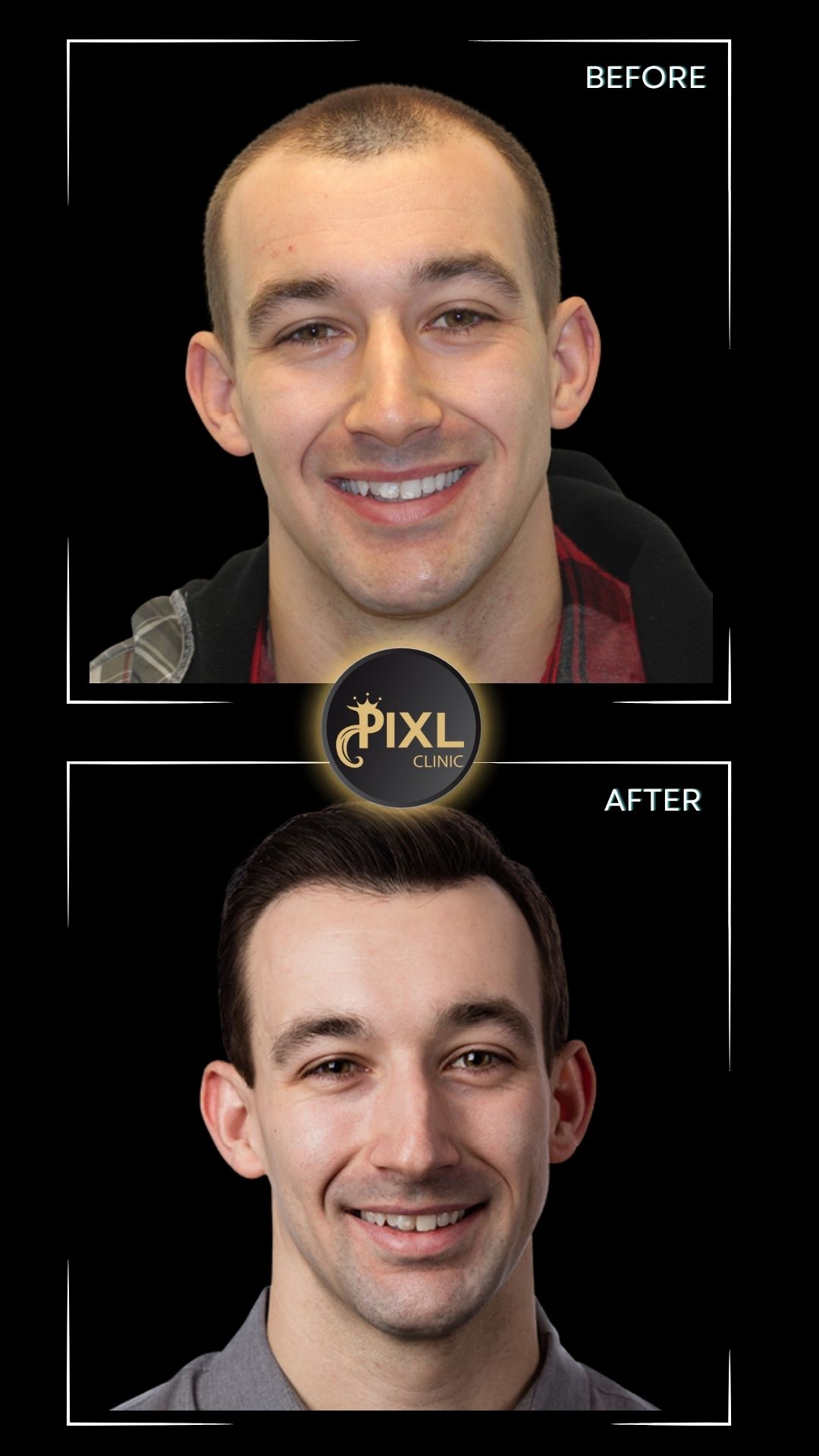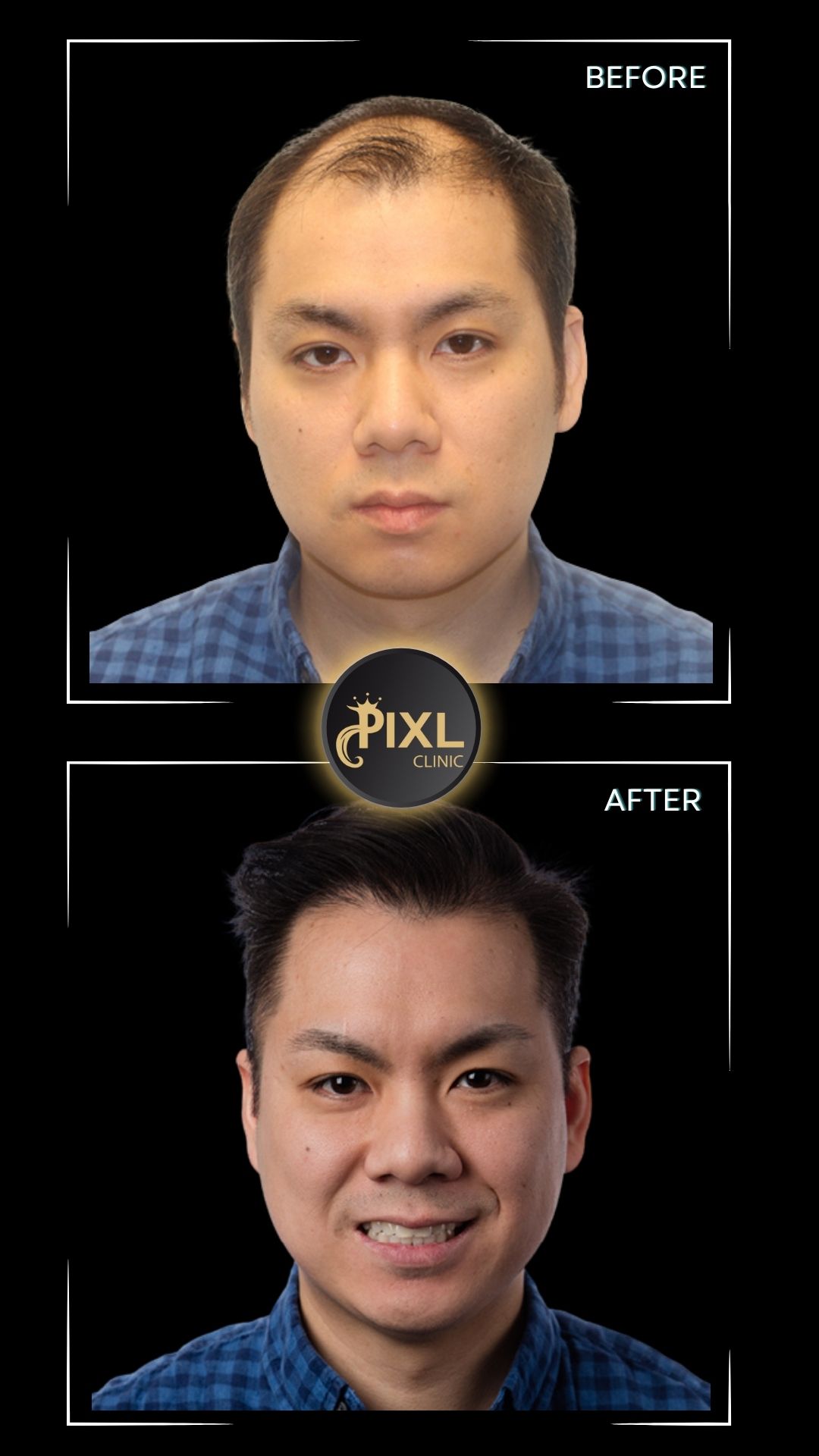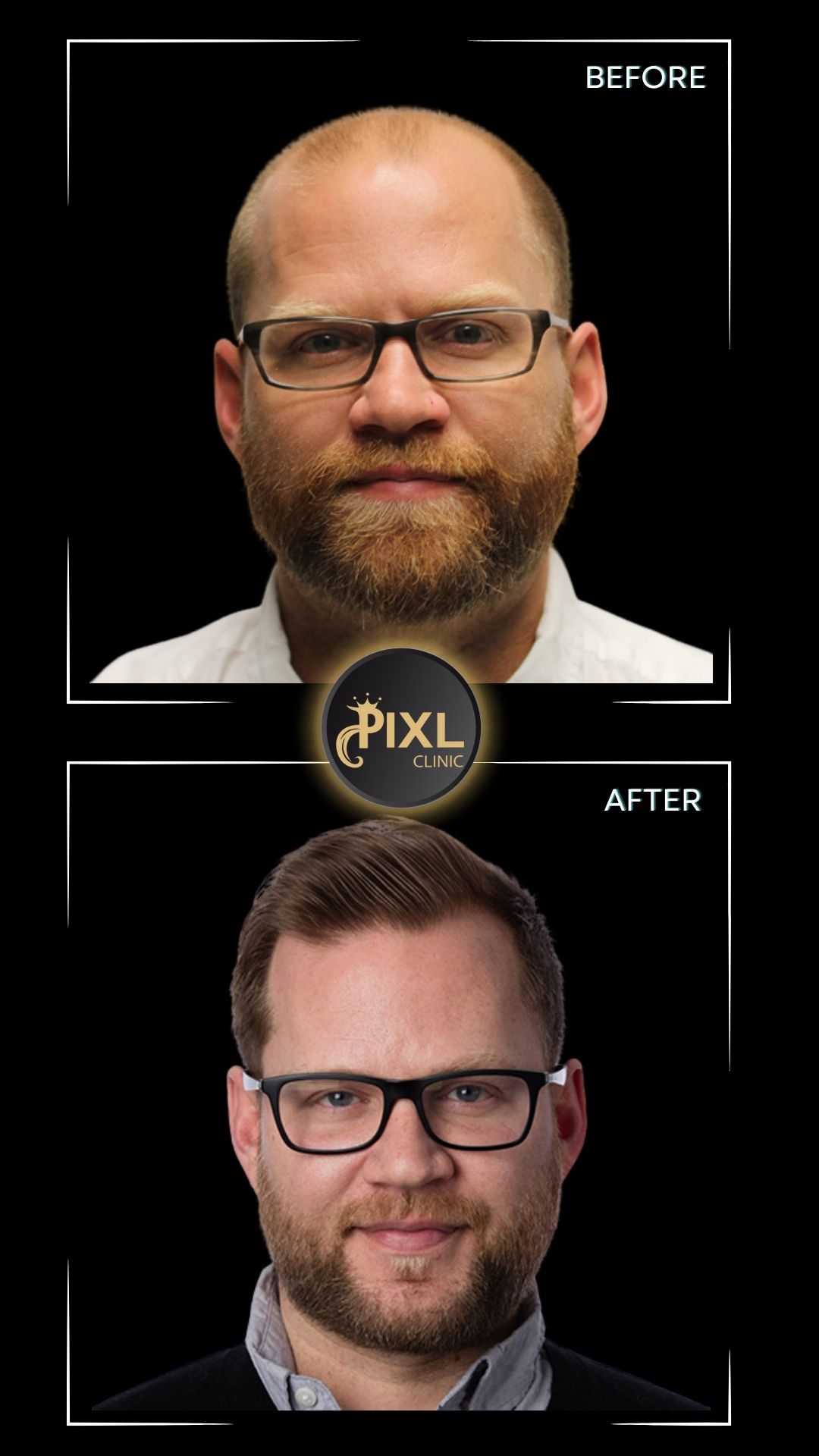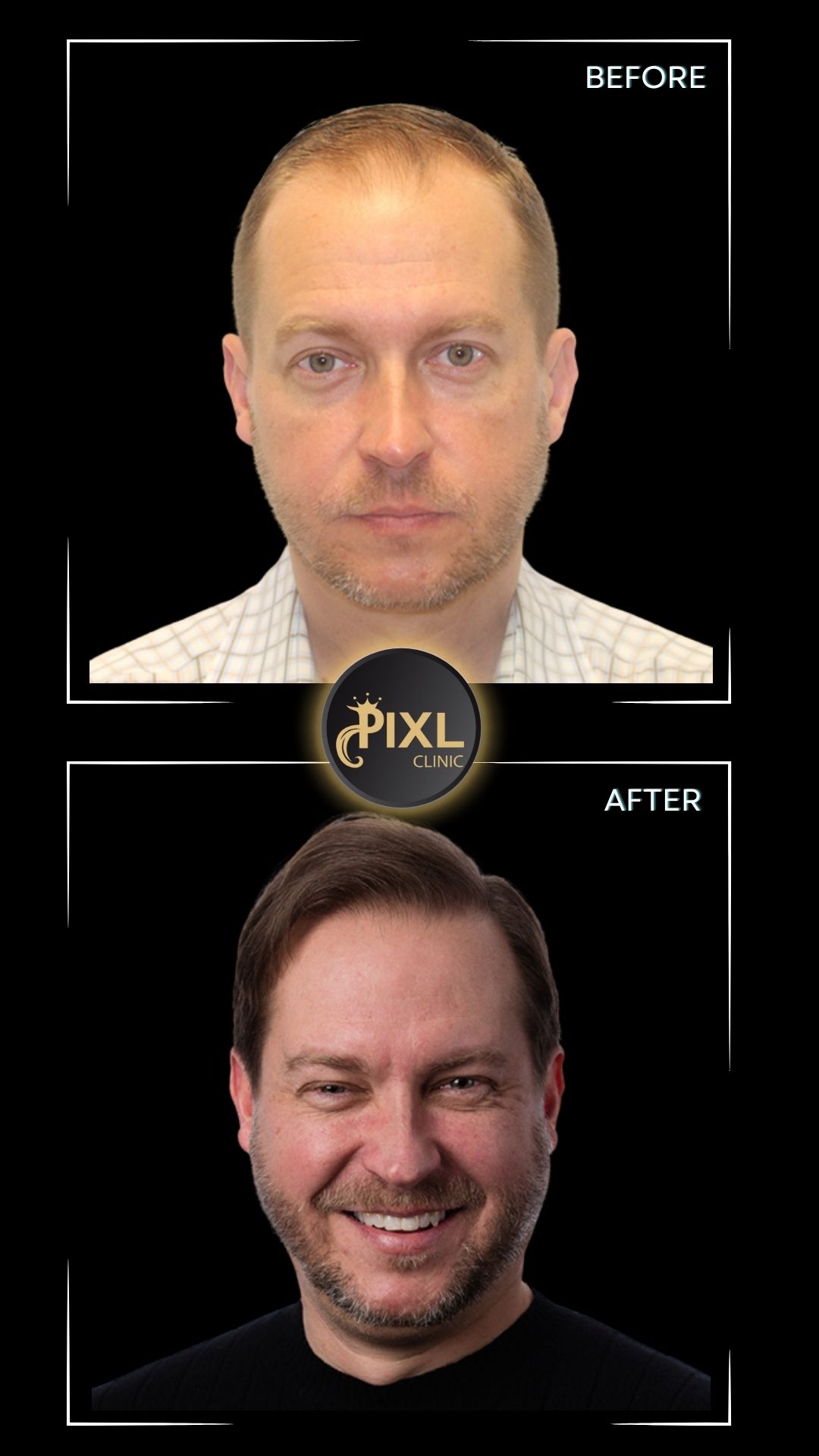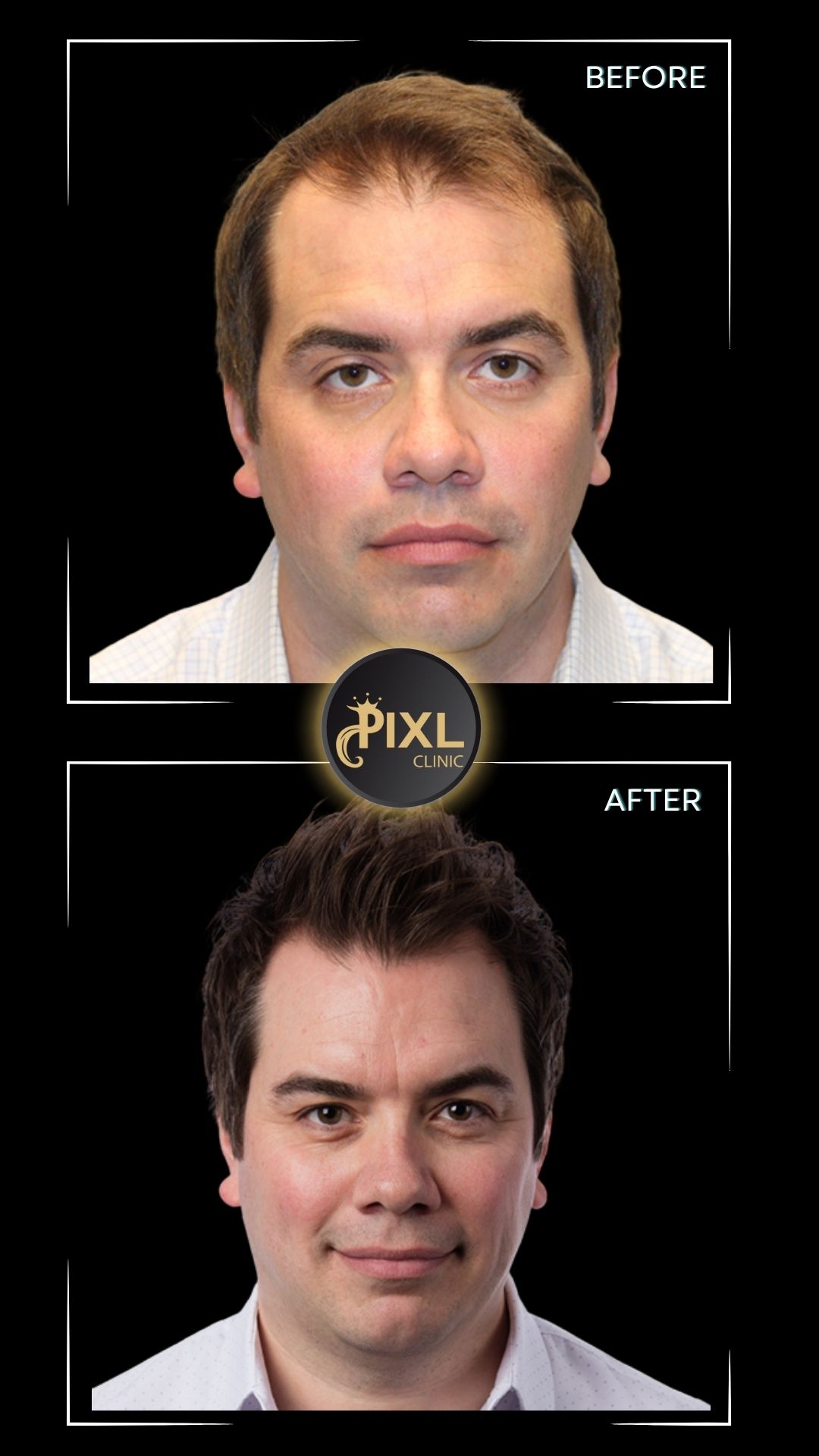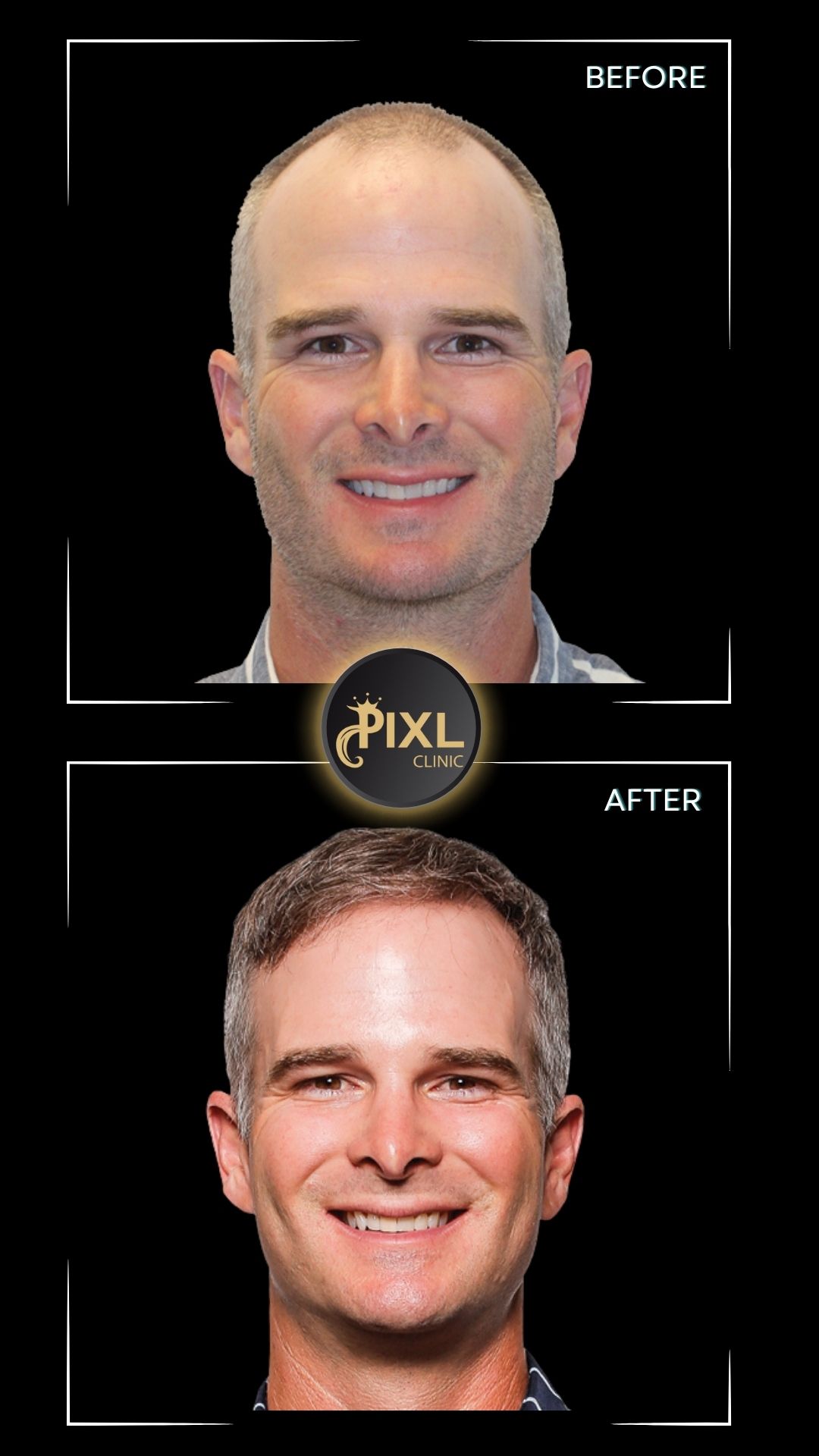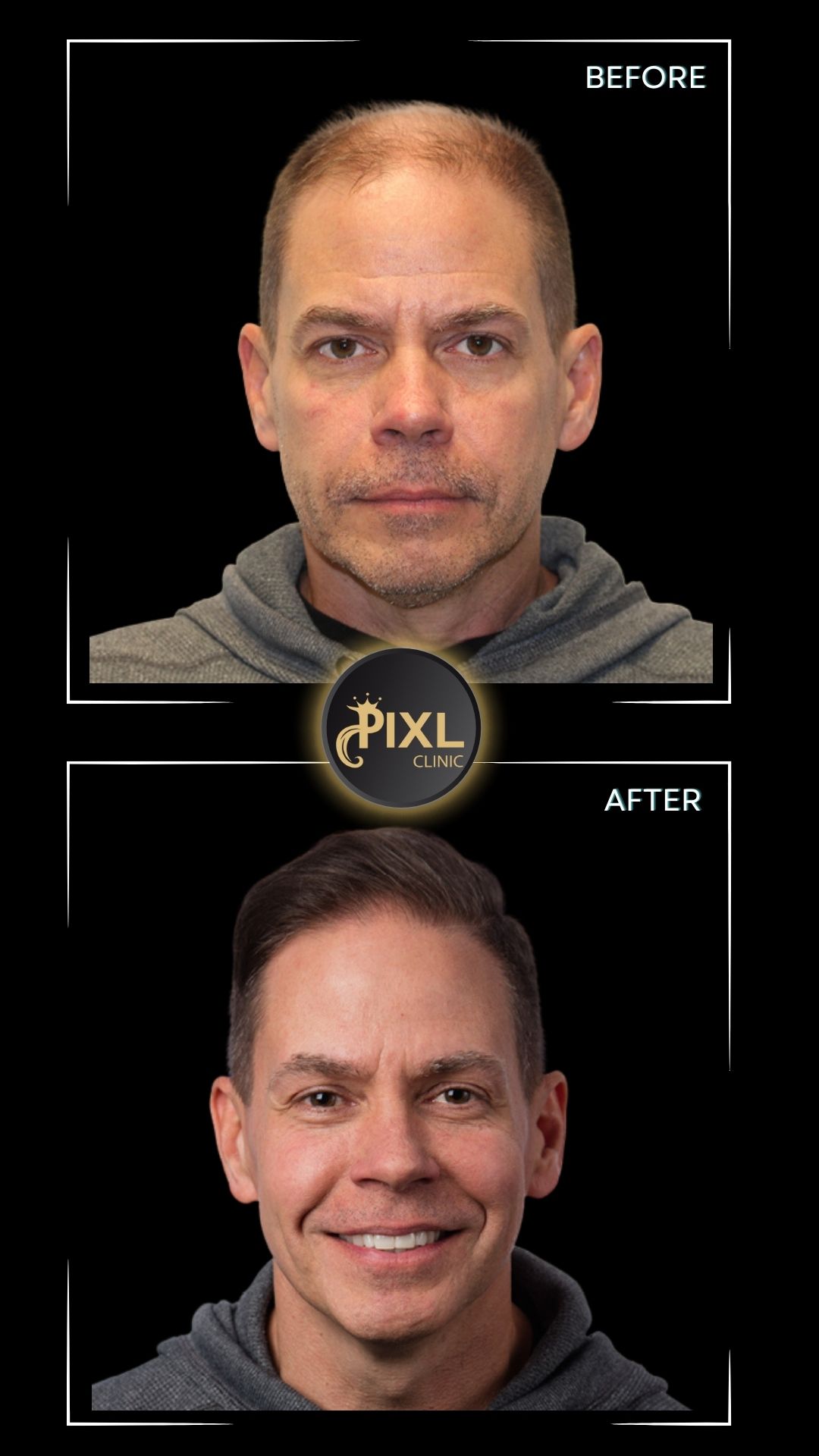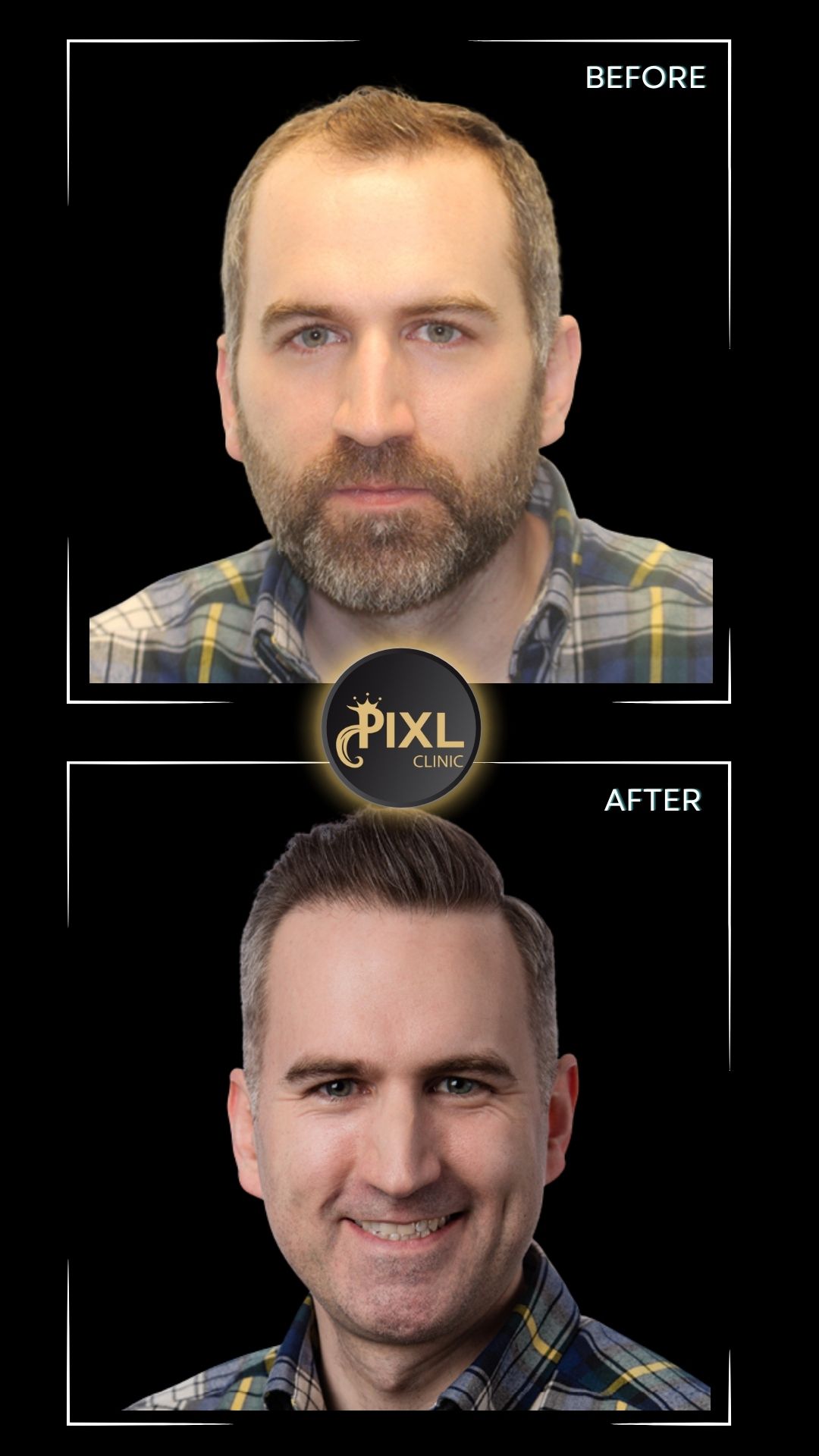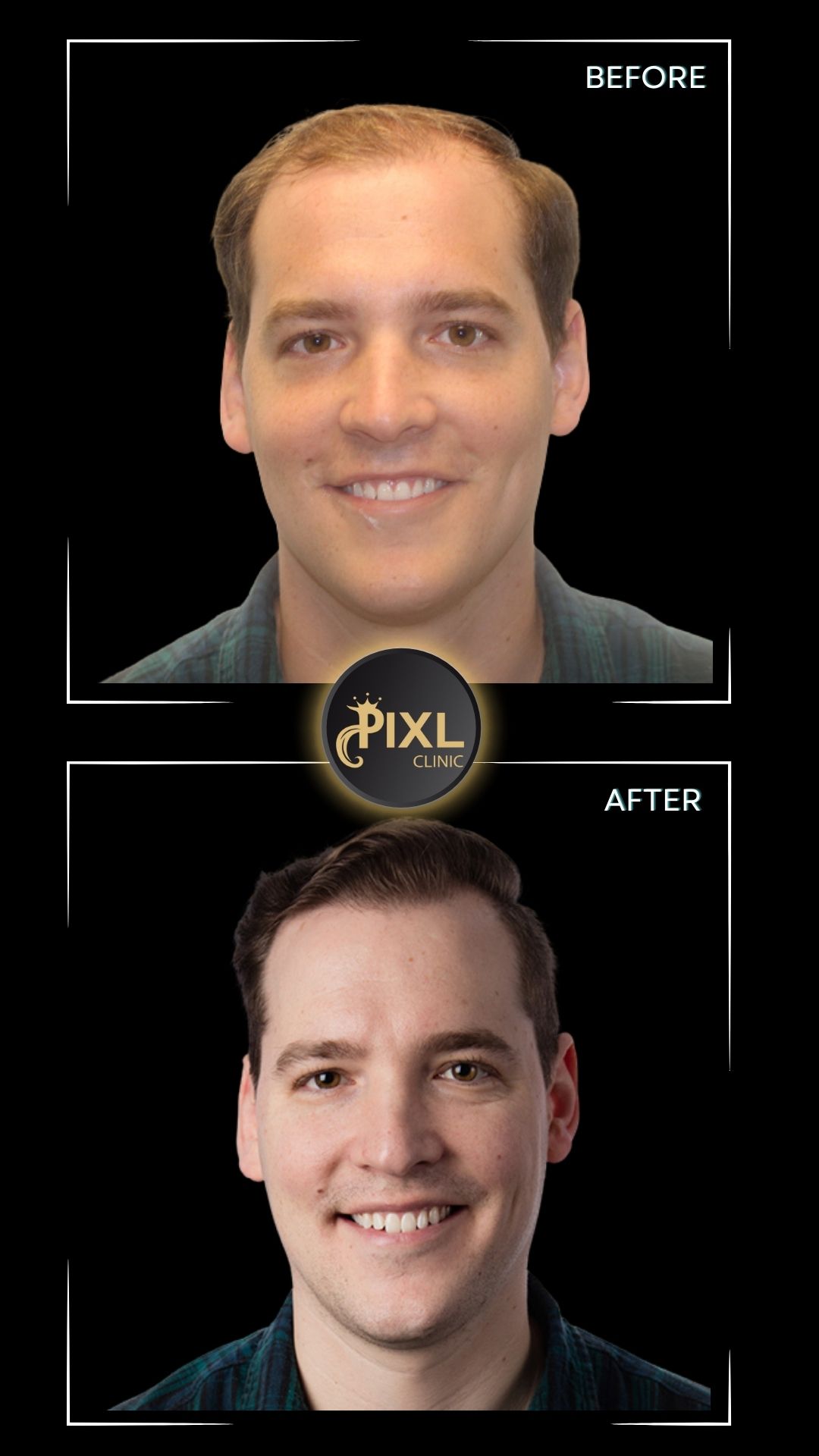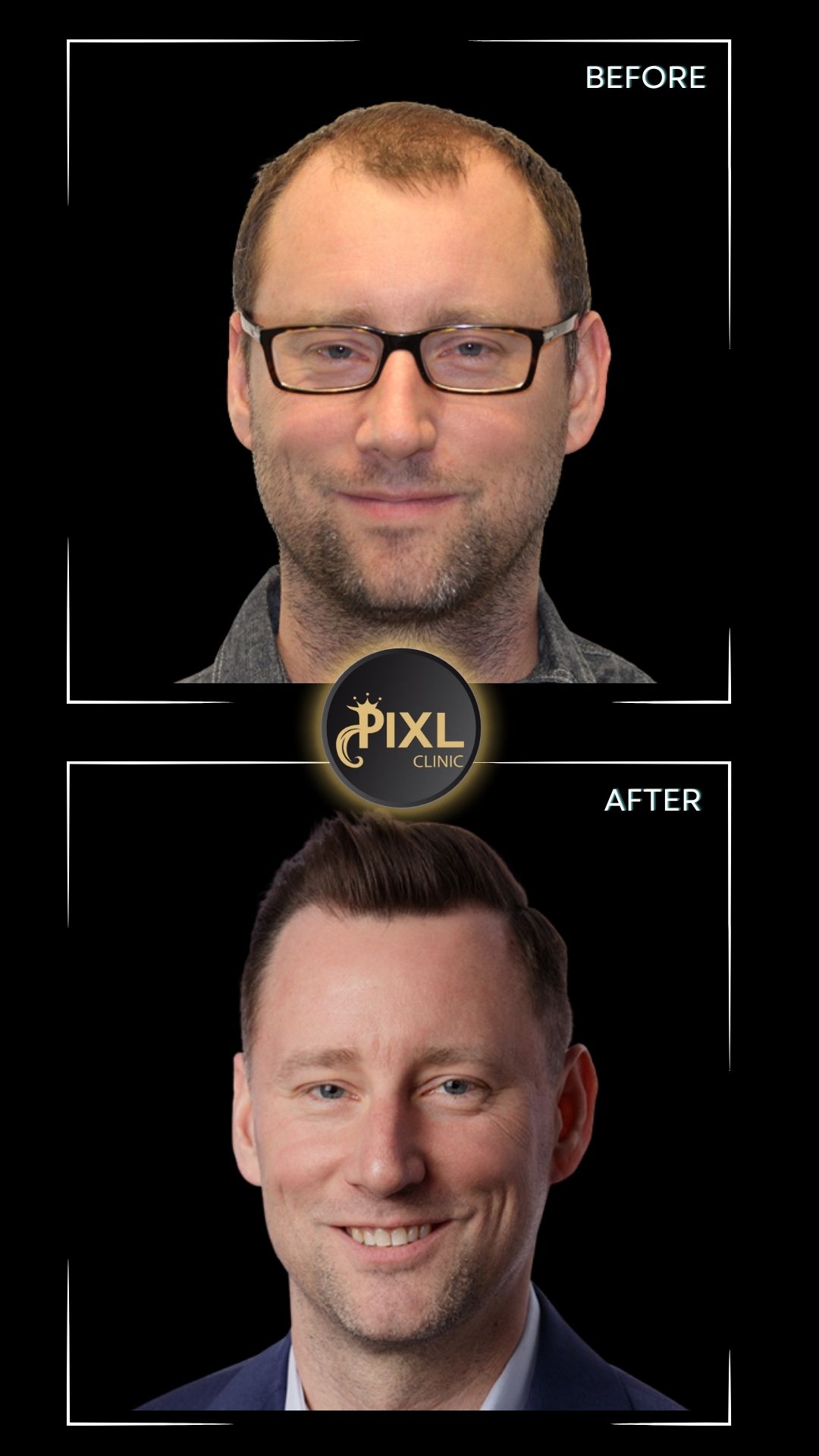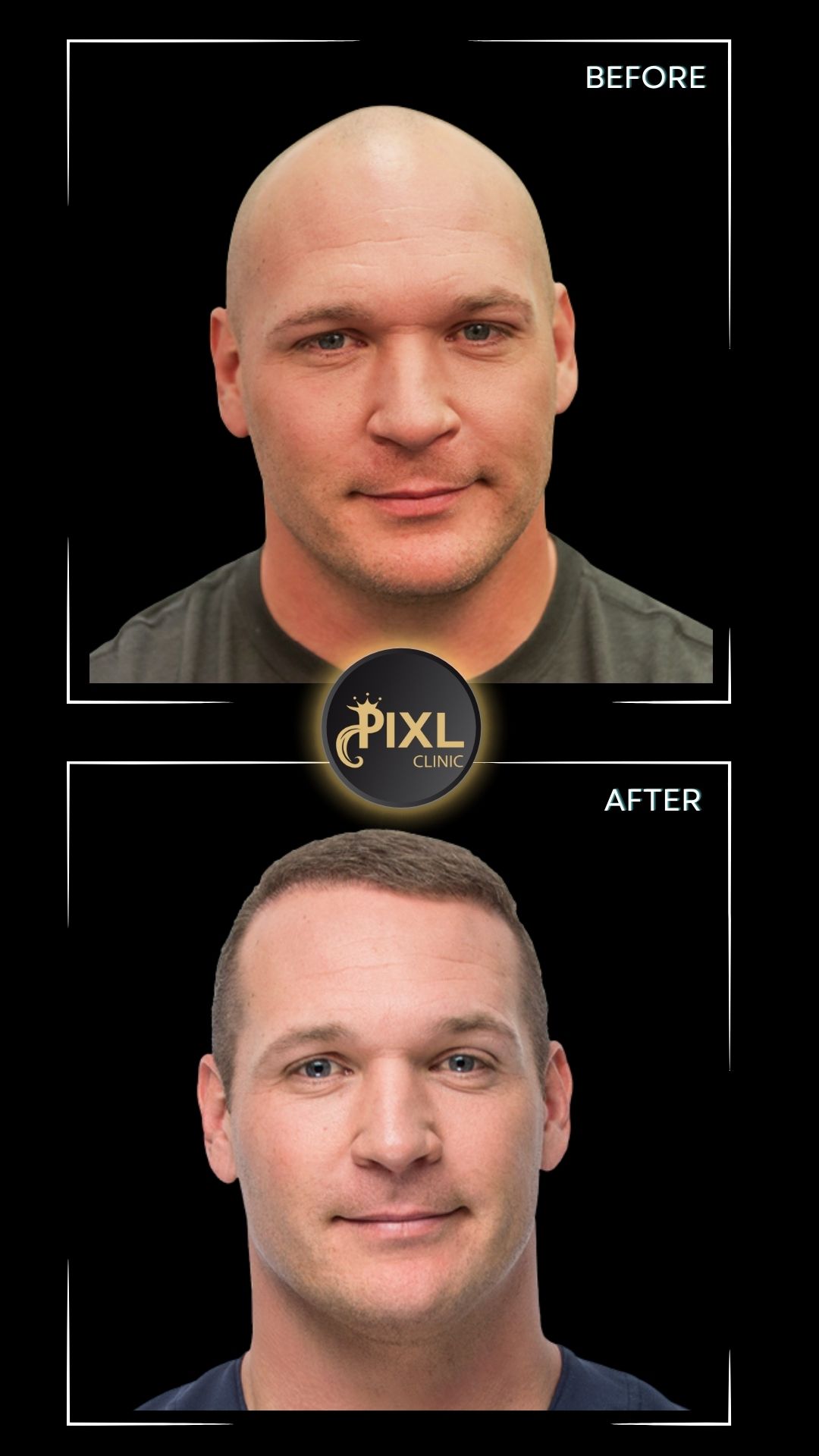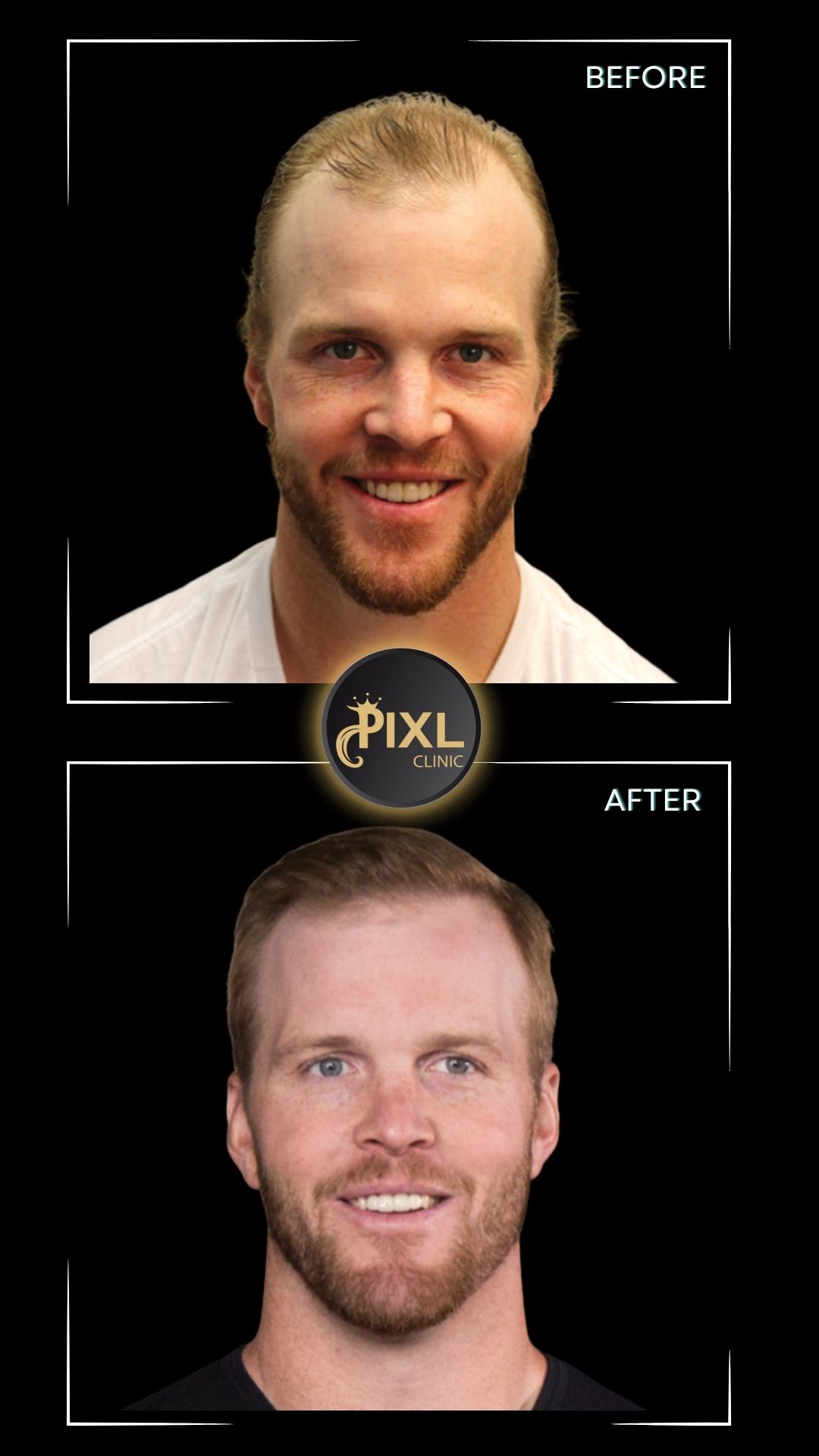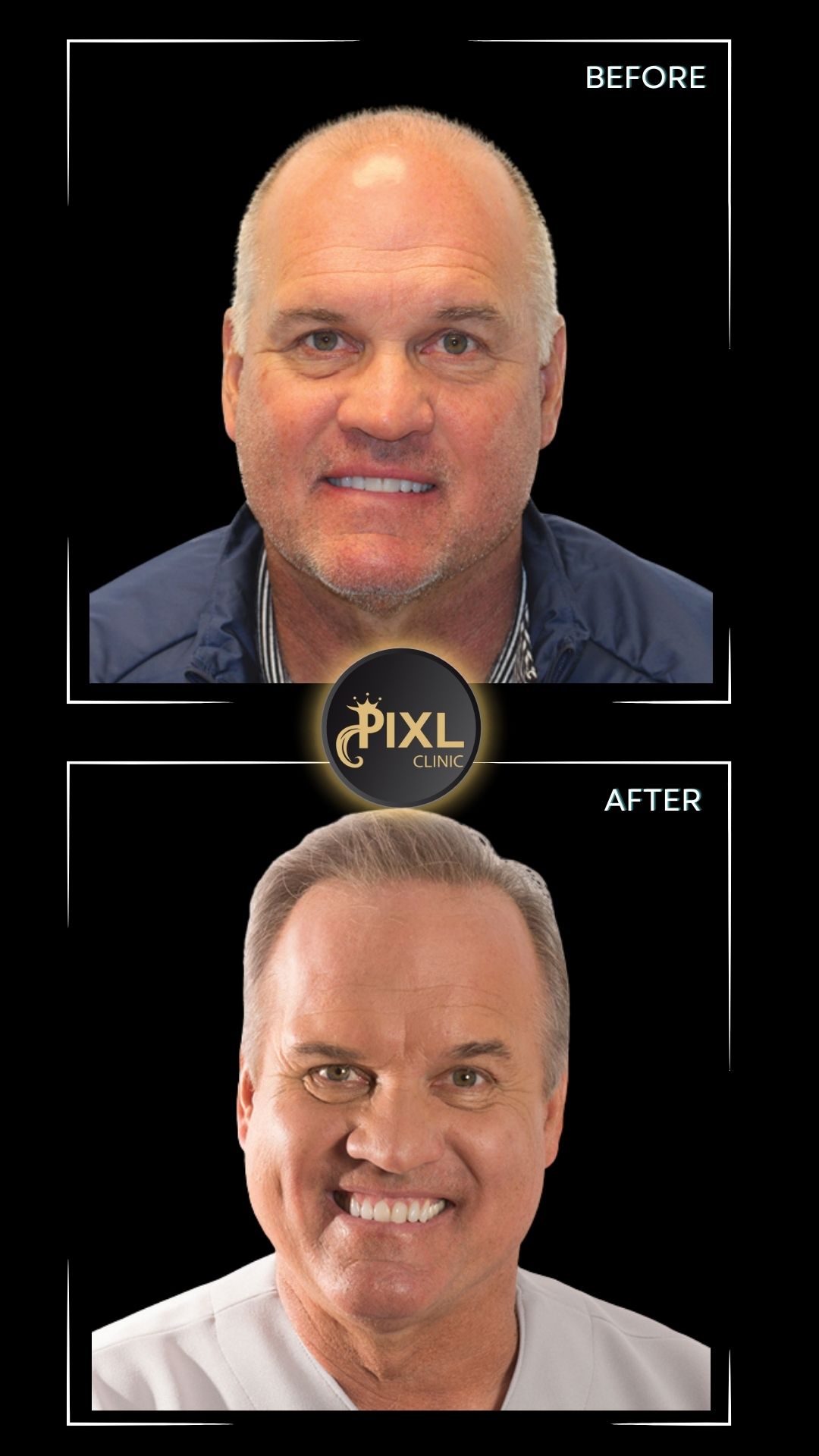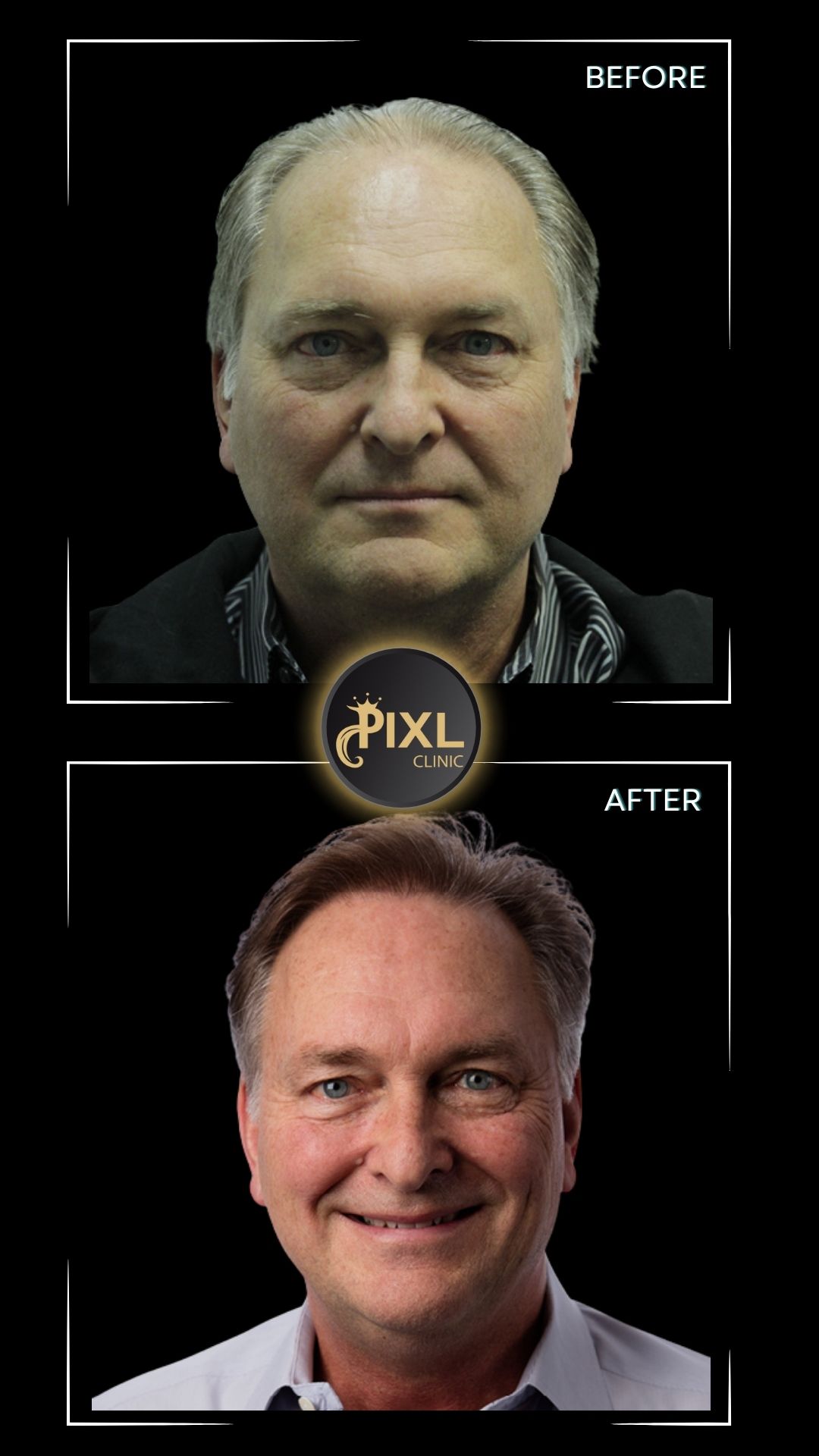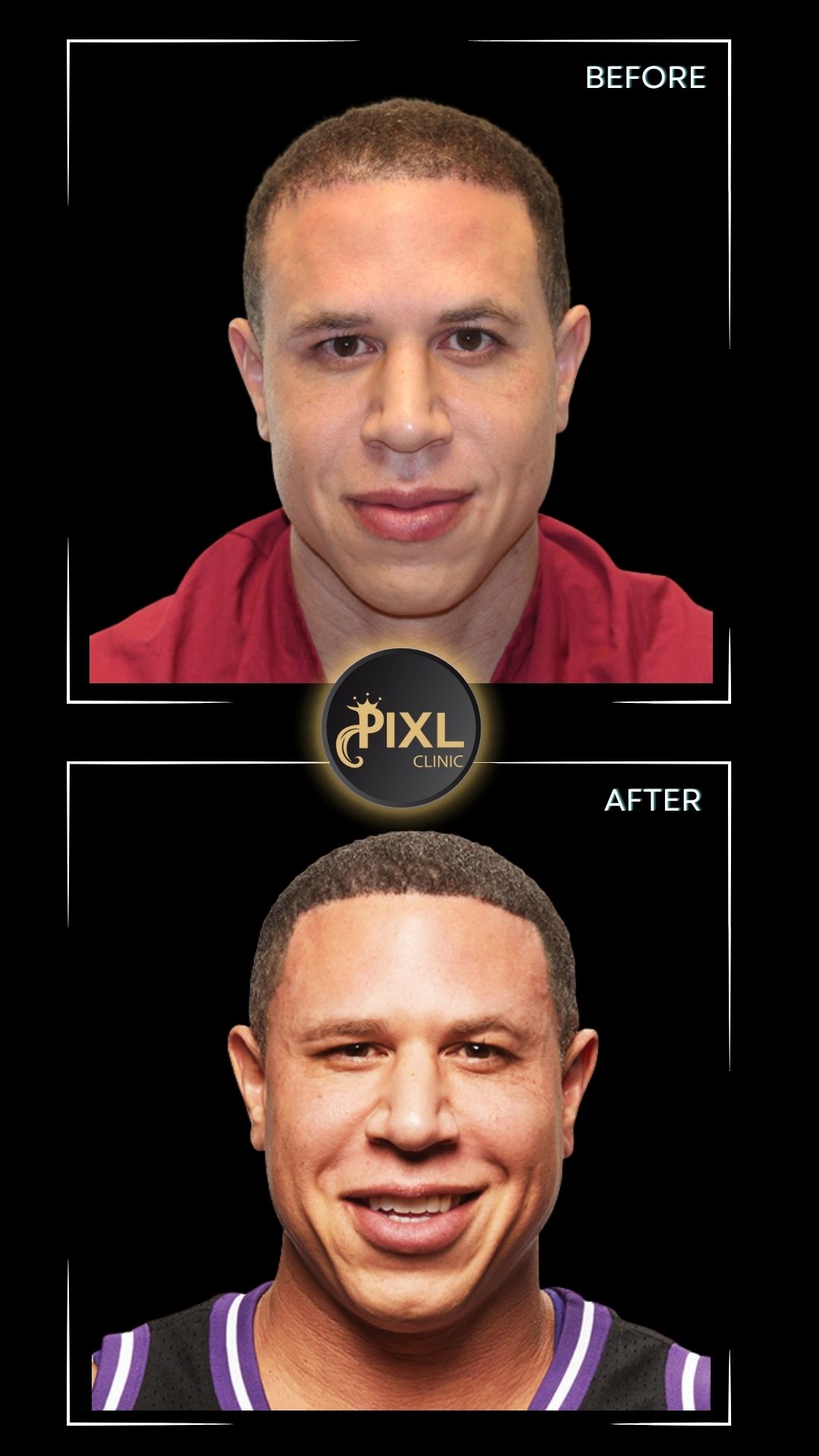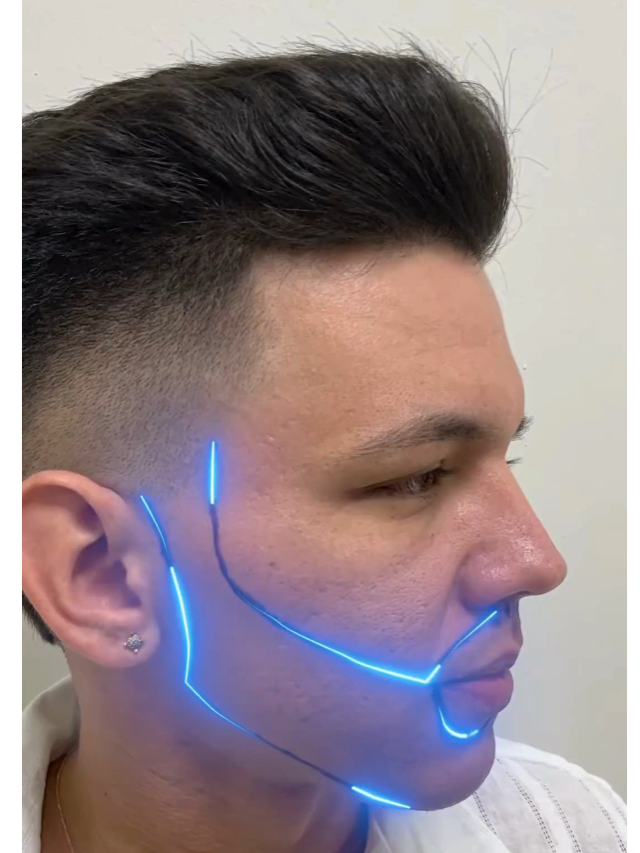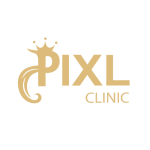Facial Hair Transplant in Turkey
A facial hair transplant in Turkey, including procedures for beard, mustache, and eyebrow transplants, is a popular option due to the country’s advanced medical facilities and competitive pricing. Here’s a comprehensive guide to what you need to know about facial hair transplants in Turkey:
Benefits of Facial Hair Transplants in Turkey
High-Quality Care
- Experienced Surgeons: Turkey is known for its skilled and experienced hair transplant surgeons who are often internationally trained.
- Advanced Techniques: Clinics in Turkey use state-of-the-art technology and techniques to ensure high-quality results.
Cost-Effectiveness
- Competitive Pricing: Turkey offers competitive pricing for hair transplants compared to many other countries, making it an attractive option for those seeking affordable solutions.
Comprehensive Packages
- All-Inclusive Packages: Many clinics offer all-inclusive packages that cover the cost of the procedure, accommodation, transportation, and sometimes even meals.
Facial hair transplants in Turkey, including beard, mustache, and eyebrow transplants, offer high-quality care at competitive prices. The procedure involves assessing your needs, choosing the appropriate technique (FUE or FUT), and following a structured post-operative care plan.
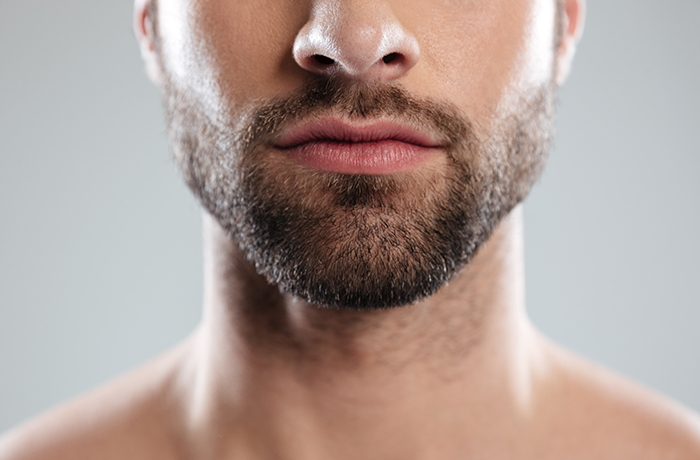
What is a beard hair transplant?
A beard hair transplant is a procedure designed to enhance or restore beard density by transplanting hair follicles from the donor area (usually the scalp) to the beard area. The process involves careful planning, harvesting of follicles, and implantation to achieve a fuller and more natural-looking beard. Recovery involves initial healing, followed by a period of new hair growth and maturation, with final results typically visible within 6-12 months. Choosing a qualified surgeon and following post-operative care instructions are crucial for achieving the best results.
How does the beard transplant process work?
The beard transplant process involves several key steps: consultation and planning, harvesting hair follicles from the donor area, preparing and marking the recipient area, implanting the follicles, and post-operative care. Techniques such as Follicular Unit Extraction (FUE) and Follicular Unit Transplantation (FUT) are used to harvest and transplant hair follicles. Recovery involves initial healing, with new hair growth starting around 3-6 months and final results visible by 6-12 months. Following post-operative care instructions and having regular follow-ups with your surgeon are crucial for achieving the best results.
How much does a beard transplant cost in Turkey?
In Turkey, a beard transplant generally costs between $1,500 and $4,500. The final price depends on factors such as the number of grafts, the technique used, the clinic’s reputation, and any additional services included in the package.
Who is a good candidate for a beard hair transplant?
A good candidate for a beard hair transplant generally has a healthy donor area with adequate hair density, realistic expectations about the results, and stable overall health. The candidate should also have a clear pattern of beard hair loss or sparse areas and be committed to following post-operative care instructions. Consultation with a qualified hair transplant specialist is essential for evaluating suitability and developing a personalized treatment plan.
How many grafts do I need for a beard transplant?
The number of grafts needed for a beard transplant varies widely depending on the extent of coverage desired, the size of the recipient area, and individual hair characteristics. On average, you can expect to need between 1,500 and 3,000 grafts, with some cases requiring up to 4,000 grafts for full beard coverage. The exact number will be determined through a consultation with a hair transplant specialist who will assess your needs and develop a personalized plan.
Is beard transplant safe in Turkey?
Beard transplants in Turkey are generally safe when performed by experienced surgeons in reputable clinics. The safety of the procedure relies on factors such as choosing a well-accredited clinic, following pre- and post-operative care instructions, and the overall competence of the medical team. Thorough research, consultations, and careful selection of a clinic will contribute to a safe and successful beard transplant experience.
How many days do I need to allocate for my beard transplant in Turkey?
To ensure a smooth and successful beard transplant experience in Turkey, allocate approximately 7-10 days for the entire process, including travel, the procedure, and initial recovery. This timeframe allows for adequate preparation, the procedure itself, and a sufficient period for post-operative care and follow-up.
What age is suitable for a beard transplant?
While there is no specific age limit for a beard transplant, it’s generally best to wait until facial hair growth has stabilized, which is often around the mid-20s. However, men in their 30s and beyond can also be excellent candidates, provided they have good health and stable hair growth patterns. Consulting with a qualified specialist will help determine the appropriate timing and approach for the procedure based on individual circumstances and goals.
Are hair grafts secure after 2 days?
By the second day after a beard or hair transplant, the grafts are generally starting to secure themselves in place, but they are not yet fully anchored. It is crucial to follow post-operative care instructions carefully to ensure the grafts remain secure. Proper handling, gentle cleaning, and avoiding activities that could disturb the grafts are key to a successful early recovery. As healing progresses, the grafts will become more stable and integrated into the recipient area.
Is beard transplant permanent?
A beard transplant is generally a permanent solution, with the transplanted hair follicles expected to continue growing hair for a lifetime, given proper care and healthy conditions. The longevity of the results depends on factors such as post-operative care, overall health, and genetics. While the transplanted hair is permanent, natural aging and surrounding hair changes may still affect the overall appearance of your beard over time. Regular maintenance and adherence to care guidelines can help maintain the results for many years.
When can I exercise after the beard transplant surgery?
You should avoid all forms of exercise for the first 3 to 5 days post-beard transplant surgery. After this period, you can gradually return to light exercise, with more intense activities typically resuming around 4 to 6 weeks post-surgery. Always follow the personalized advice of your surgeon to ensure that your recovery is not compromised.
Which technique is the best for facial hair transplants?
Both Follicular Unit Extraction (FUE) and Follicular Unit Transplantation (FUT) are effective techniques for facial hair transplants, including beard and eyebrow transplants. FUE is favored for its minimally invasive nature, lack of linear scarring, and quicker recovery, while FUT may be chosen for its higher graft yield and cost-effectiveness. The best technique for you will depend on factors such as your specific needs, desired outcomes, and the expertise of your surgeon. Consulting with a qualified hair transplant specialist will help you make an informed decision based on your individual circumstances.
How long does a beard transplant take to heal?
Healing from a beard transplant involves a multi-stage process:
- First 1-2 Days: Initial swelling, redness, and discomfort; follow care instructions carefully.
- Weeks 1-2: Scabbing and possible shock loss; donor area healing.
- Weeks 3-6: Early hair growth begins; sensitivity decreases.
- 3-12 Months: Continued hair growth with final results visible by 12-18 months.
Individual healing times may vary, but adhering to post-operative care guidelines and maintaining patience throughout the recovery period will contribute to the best outcome. Regular follow-up appointments with your surgeon will help monitor progress and address any concerns.
